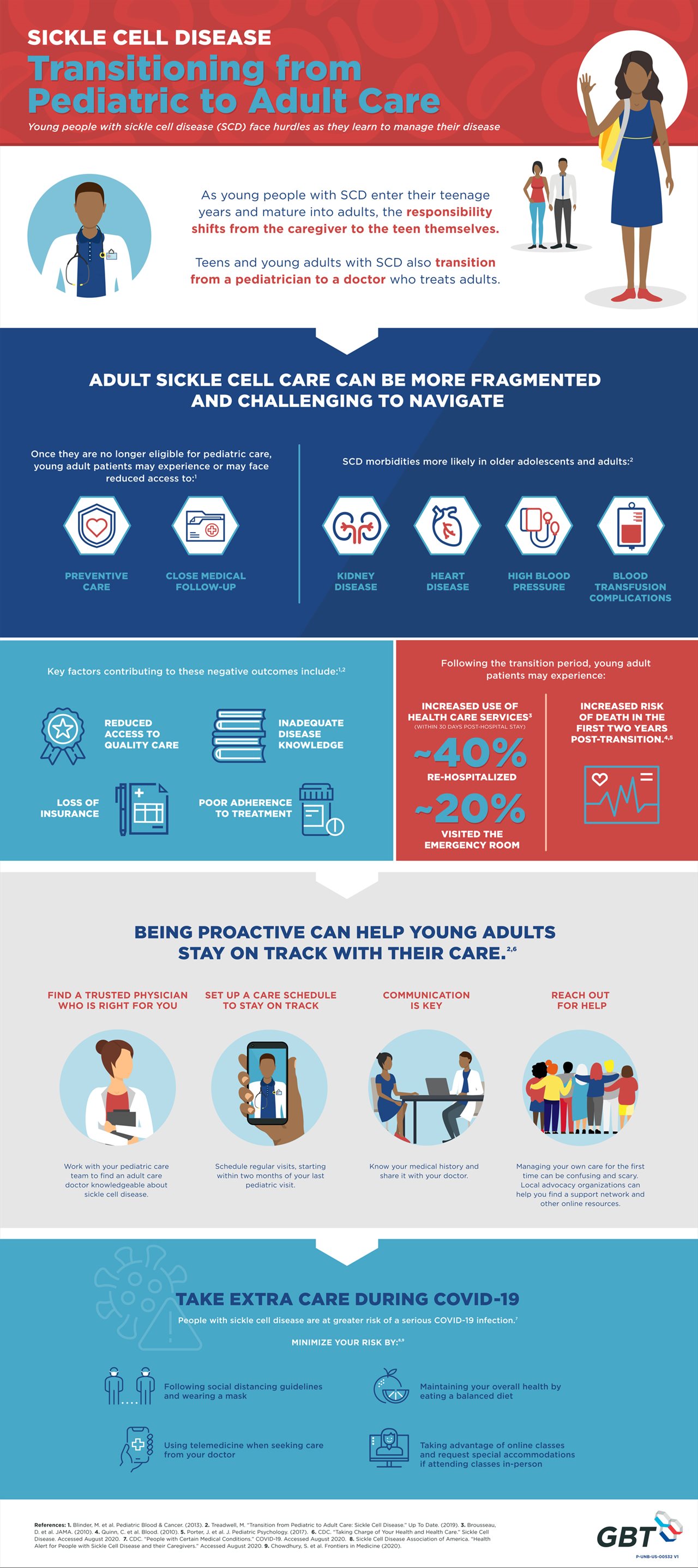2020-09-18T04:01:00
(BPT) – As the country continues to navigate uncertainties surrounding COVID-19, it seems like there are new questions and decisions that pop up each day. What does heading back to school or work look like? How should my family commute in the safest way? How can I continue to minimize the risk of exposure when I’m surrounded by more people during the day?
For someone with an underlying medical condition like diabetes, the risk of serious complications is greater if an individual does get sick with COVID.1 That means it is even more critical for people with diabetes to have the tools they need at home to manage their blood sugar safely.
For individuals with diabetes who take insulin, managing their blood sugar is a delicate balancing act. If someone doesn’t take enough insulin, blood sugar could skyrocket after a meal. On the flip side, blood sugar could plummet because someone took too much insulin, didn’t eat as much as expected, engaged in rigorous physical activity, were under increased stress — or many other reasons. One misstep and they could land in the hospital due to very low blood sugar.
Very low blood sugar, or severe hypoglycemia, occurs when blood sugar gets so low that there is a shortage of glucose to the brain. This can be extremely frightening and could result in a person passing out, having a seizure, going into a coma and, if left untreated, can be life-threatening. It is an emotionally scarring moment that stays with you for months, or even years. Severe hypoglycemia is an emergency that needs immediate attention.
Until recently, the only medicine available to treat this kind of emergency was a kit that required many steps to prepare and use, making a scary situation even scarier. The process was so complicated that only about 30% of people were able to use it correctly.2 The result was that many people decided to not even get a prescription for the kit. Instead, they told family, friends or coworkers to call 9-1-1 if their blood sugar dropped too low.
Now, Gvoke HypoPen™ (glucagon injection) is available — the first premixed autoinjector for very low blood sugar. Gvoke HypoPen is simple to administer, so anyone can use it. People with diabetes can even give it to themselves in certain situations. And it is a proven method of delivery — 99% of people were able to use Gvoke HypoPen correctly.2
Just as someone with severe allergies would carry an epinephrine pen to deliver medicine quickly and effectively after an insect sting or allergic reaction to food, ready-to-use Gvoke HypoPen can also give confidence in a potentially life-threatening moment.
Stress and erratic schedules (what many are experiencing as a result of COVID-19) can increase the risk for very low blood sugar in people with diabetes.3-4 More than ever, someone with diabetes needs a tool they can be confident in using if they have a very low blood sugar event.
If you have diabetes and are on insulin, you have most likely had a low blood sugar event where you were worried you might pass out. With Gvoke HypoPen™, you now have a tool that can help turn a potential crisis moment into a manageable situation.
Don’t wait until after a scary situation to talk to your doctor about new options for treating very low blood sugar, like Gvoke HypoPen. Talk to your doctor now or visit GvokeGlucagon.com to learn more. Add one to your daily diabetes kit and keep another in a spot where you can get to it quickly. Get in the habit of telling others where you keep your glucagon and how to use it, just in case you can’t get to it yourself.
INDICATION AND SAFETY SUMMARY
GVOKE is a prescription medicine used to treat very low blood sugar (severe hypoglycemia) in adults and kids with diabetes ages 2 years and above. It is not known if GVOKE is safe and effective in children under 2 years of age.
WARNINGS
Do not use GVOKE if:
- you have a tumor in the gland on top of your kidneys (adrenal gland), called a pheochromocytoma.
- you have a tumor in your pancreas, called either an insulinoma or a glucagonoma.
- you are allergic to glucagon or any other inactive ingredient in GVOKE.
GVOKE MAY CAUSE SERIOUS SIDE EFFECTS, INCLUDING:
High blood pressure. GVOKE can cause high blood pressure in certain people with tumors in their adrenal glands.
Low blood sugar. GVOKE can cause low blood sugar in certain people with tumors in their pancreas.
Serious skin rash. GVOKE can cause a serious skin rash in certain people with a tumor in their pancreas called a glucagonoma.
Serious allergic reaction. Call your doctor or get medical help right away if you have a serious allergic reaction including:
- rash
- difficulty breathing
- low blood pressure
COMMON SIDE EFFECTS
The most common side effects of GVOKE include:
- nausea
- vomiting
- swelling at the injection site
- headache
These are not all the possible side effects of GVOKE. For more information, ask your doctor.
Call your doctor for medical advice about side effects. You are encouraged to report side effects of prescription drugs to the FDA. Visit www.fda.gov/medwatch, or call 1-800-FDA-1088.
BEFORE USING
Before using GVOKE, tell your doctor about all your medical conditions, including if you:
- have a tumor in your pancreas
- have not had food or water for a long time (prolonged fasting or starvation)
Tell your doctor about all the medicines you take, including prescription and over-the-counter medicines, vitamins, and herbal supplements.
HOW TO USE
- Read the detailed Instructions For Use that come with GVOKE.
- Make sure your caregiver knows where you keep your GVOKE and how to use GVOKE correctly before you need their help.
- Your doctor will tell you how and when to use GVOKE.
- GVOKE contains only 1 dose of medicine and cannot be reused.
- After administering GVOKE, the caregiver should call for emergency medical help right away.
- If the person does not respond after 15 minutes, another dose may be given.
- Tell your doctor each time you use GVOKE.
- Store GVOKE at temperatures between 68°F and 77°F. Do not keep it in the refrigerator or let it freeze.
- Keep GVOKE in the foil pouch until you are ready to use it.
Keep GVOKE and all medicines out of the reach of children.
For more information, call 1-877-937-4737 or go to www.GvokeGlucagon.com.
Please see the Important Facts about Gvoke.
References:
- “How COVID-19 Impacts People with Diabetes.” How COVID-19 Impacts People with Diabetes | American Diabetes Association, 2020, www.diabetes.org/coronavirus-covid-19/how-coronavirus-impacts-people-with-diabetes.
- Valentine V, Newswanger B, Pestrelski S, et al Human Factors Usability and Validation Studies of a Glucagon Autoinjector in a Simulated Severe Hypoglycemia Rescue Situation. Diabetes Technology & Therapeutics. 2019 21:9.
- Kedia N. Diabetes Metabolic Syndrome and Obesity: Targets Therapy. 2011; 4:337-346.
- Geller AI et al. JAMA Intern Med. 2014;174(5):678-686.













